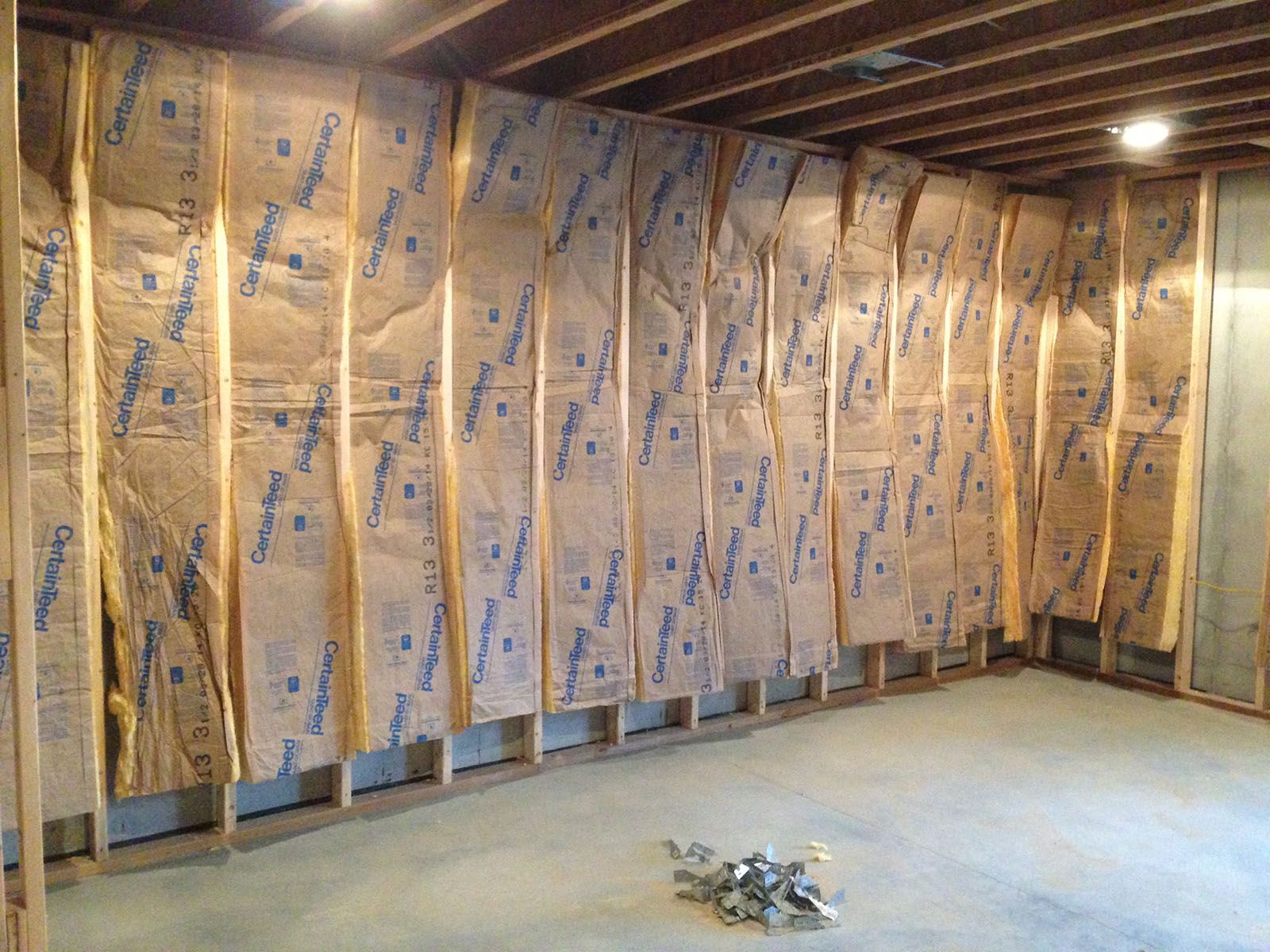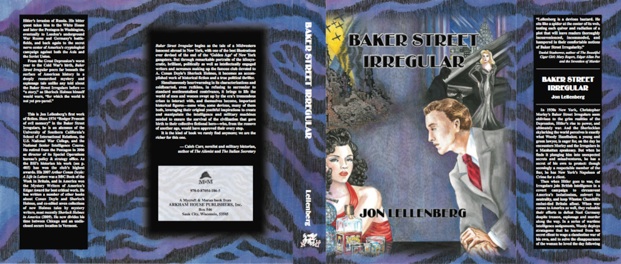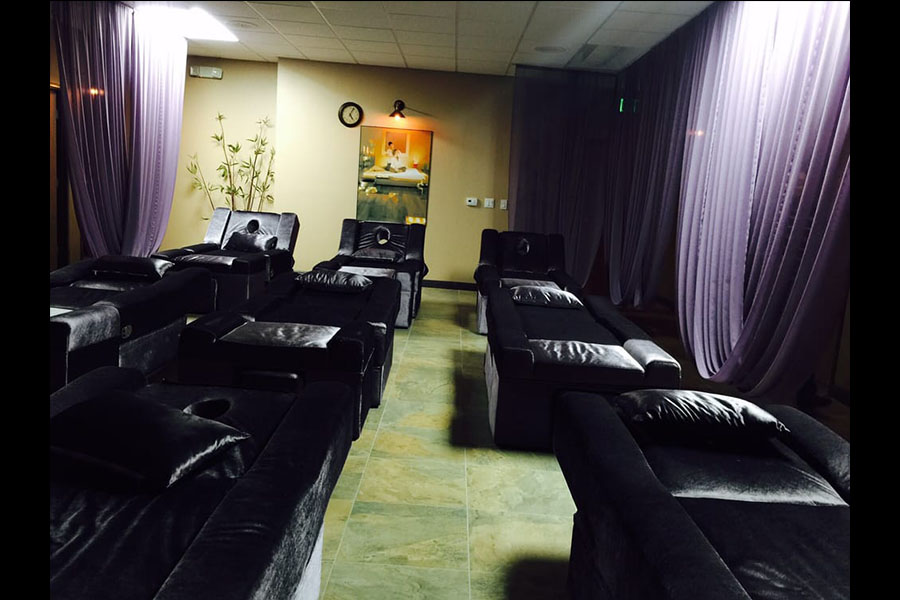Table of Content
As you can see, the coffee grounds is the largest contributor (about 68% of the total cost). When you consider all of these additions, the price of making 16 oz of coffee can range from about 11 cents to about $1.80. It takes about 2 cups of coffee to make 16 tablespoons . Since you can use any coffee that you prefer in your French press, there’s a lot of variety to account for. You’ll still want to use quality beans and a coarse, even ground, according to The Kitchn. There’s a wide variety of Keurig machines available, depending on your needs and preferences.
Fortunately, I didn’t need to survey a bunch of people to find out how much they are paying for coffee becauseSquare’s 2019 coffee reportalready took care of it. Using the same math, that means that you’d be paying $3.57 per cup or — for a 2 cup per day drinker — $2,606. Then again, ‘m not exactly expecting that any of us drink Kona year-round, as much as we would love to. A high-quality grinder – a top-of-the-range model costs around $140. Next, we’ll run through a few scenarios to explain the gold standard tools we’d recommend, depending on your budget and taste for quality coffee.
How To Make The Best Home Coffee On A Budget
The savings are due to the fact that we use ingredients available at home, like milk, sugar, etc. There are different ways to look at the cost to make a cup of coffee. Different brands have different slabs of pricing across the countries. Compare the price increase of Coffee over the past 10+ years to other beverages such as tea and it's easy to note a significant difference in the rate of price increase. In 2014 coffee prices have surged again - reaching nearly $2.20 per pound in May (up from $1.11 per pound at the end of 2013). One observation one the article; coffee from McDonald’s or 7-11 or AM PM is cheap coffee at any price, and that’s expensive.
Because a cheap cup of joe uses lower-cost ingredients, cheap coffee grounds contribute only about 50% to the cost. Coffee grounds are by far the biggest contributor to the cost, representing about 75% to 86%. Inexpensive, generic grounds cost about 8 cents per 16 oz. Folgers or equivalent come to about 12 cents per 16 oz. Finally, Starbucks or other premium coffee grounds will amount to about 52 cents per 16 oz of joe.
The Results Are In: Let's Look at the Savings
Even with a cheap coffee maker and filters, just the cost of premium coffee grounds will up the price from $0.11 a cup to $0.60 a cup . This brewing method is by far the most accessible and convenient method of making premium coffee at home. But if you truly want to elevate your premium coffee at home for cheap, the best route to go is to get a french press. Come to find out, a cup of generic, budget coffee grounds can cost as little as $0.08 a cup . Factoring the cost of a filter, water, and even electricity, a 16 oz cup of coffee can still be had for 11 cents a pop!
Percolators can produce fifty cups of coffee, but they can also produce coffee with a strong flavor. Another tip is to pay close attention to the level of the water. Coffee will not brew properly if the water is too low. Prepackaged coffee should be used with three to five cups of coffee per serving. If you grind it yourself, 40 cups of coffee are recommended. For coffee that has already been ground, thirty cups should be used.
Your Home Coffee Making Costs
Making coffee at home every day saves me $773.80 per year. There are hundreds of different types of coffee combinations you can get at Starbucks, too. But here’s where things get interesting — the price of your Starbucks coffee varies depending on your location.

Of course, the catch here is higher costs and a much higher initial investment than brewing generic coffee. Also, the coffee maker I use is a Melitta with thermal carafe ($65) rather than a $200 one, which further reduces the cost. The table below shows the cost to make 16 oz of great coffee. I use fresh ground coffee from whole beans, and my Melitta uses a cone filter to extract maximum flavor. In the table above, for the "high" cost column, bottled water is used, which greatly increases the price. The coffee that I make every day uses filtered water rather than bottled water, which is much less expensive.
Before you go, sign up to receive the Coffee Detective Newsletter...
Ethically sourced or single-origin coffee will likely cost closer to $25 per pound in many cases, which would mean $0.89 per cup or $652 per year for that same 2-cup drinker. Those extra few cents can go a long way toward making sure that coffee farmers earn enough profit to live off of. The prices differ from coffee to coffee, but $14.99 is a pretty average price. You get 24 K-Cups for that price, which means 24 cups of coffee. When it comes to homemaking coffee, the best tradeoff between savings and taste is to use a french press. Using this method, the only things required to make cafe style coffee at home are great beans, a hand coffee grinder, and a french press.
According to MedicalNewsToday.com, drinking a daily cup of coffee can reduce your risk of diabetes, Parkinson's disease and liver disease. Does this mean you should chug as many lattes as possible? Absolutely not - the addition of milk, cream and sweeteners (which 65% of coffee drinkers add to their beverage) are where most of the caloric value of coffee comes from. I’ve owned my stainless steel french press for 9 years and I paid $45 for it. So that means an additional $5 per year for the cost of my at home coffee habit. That’s less than the cost of two cups of coffee bought at a coffee shop, so basically negligible.
Changes are brewing in the coffee landscape these days, and we don’t just mean the return of pumpkin spice. Here are a few frequently asked questions about Starbucks’ pricing and coffee costs. Starbucks prices depend on the cost per coffee, labor cost, rent, and other indirect expenses.

Get delightful coffee inspiration sent straight to your inbox once monthly. There are alternatives to a temperature-setting electric gooseneck kettle, but having gone there I’ll never go back. All of the calculations are based on US data, and the dollars are US dollars.















